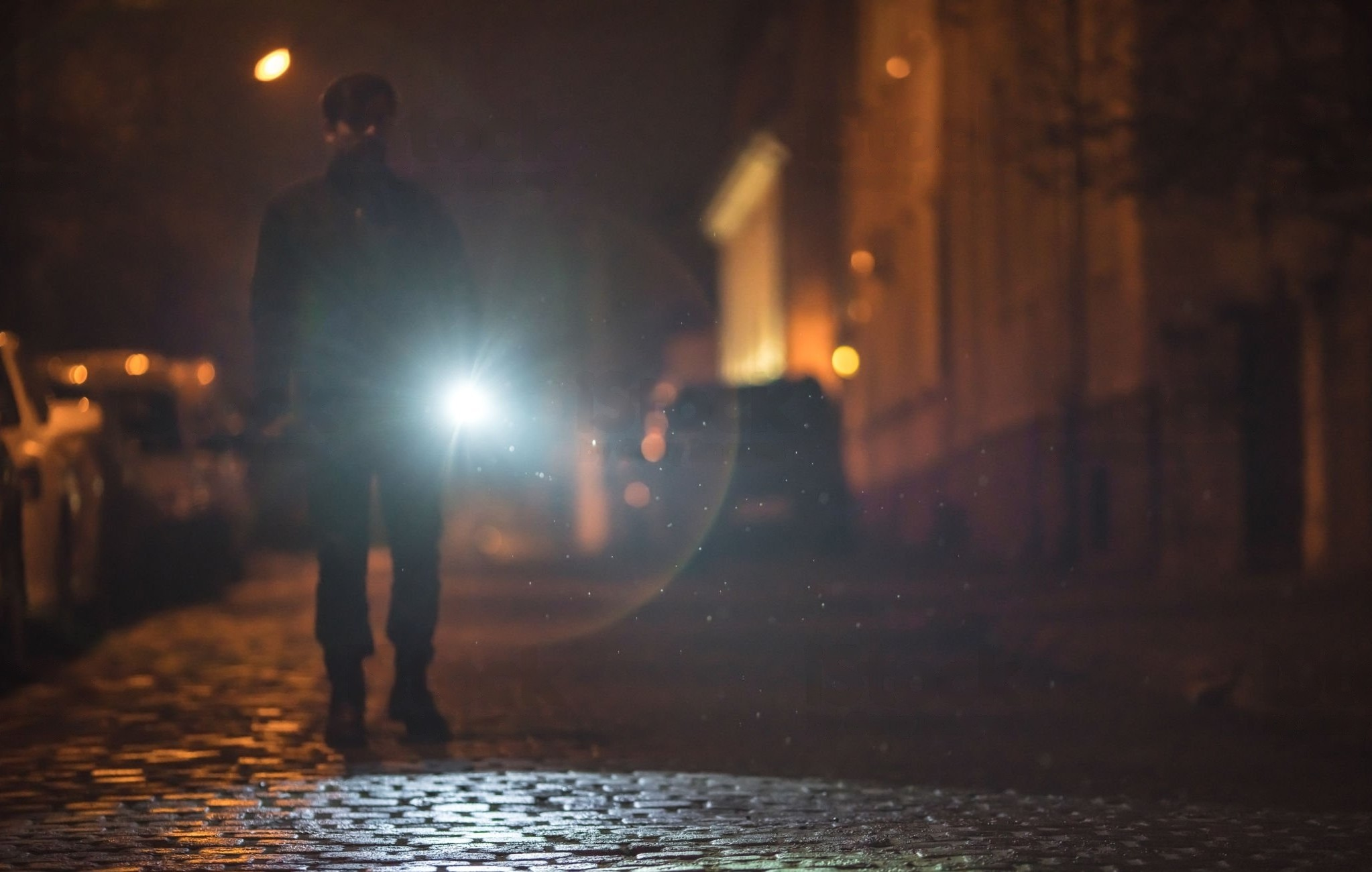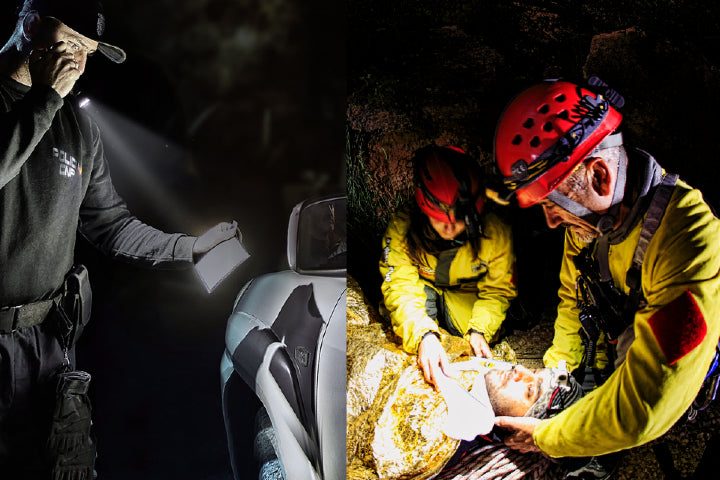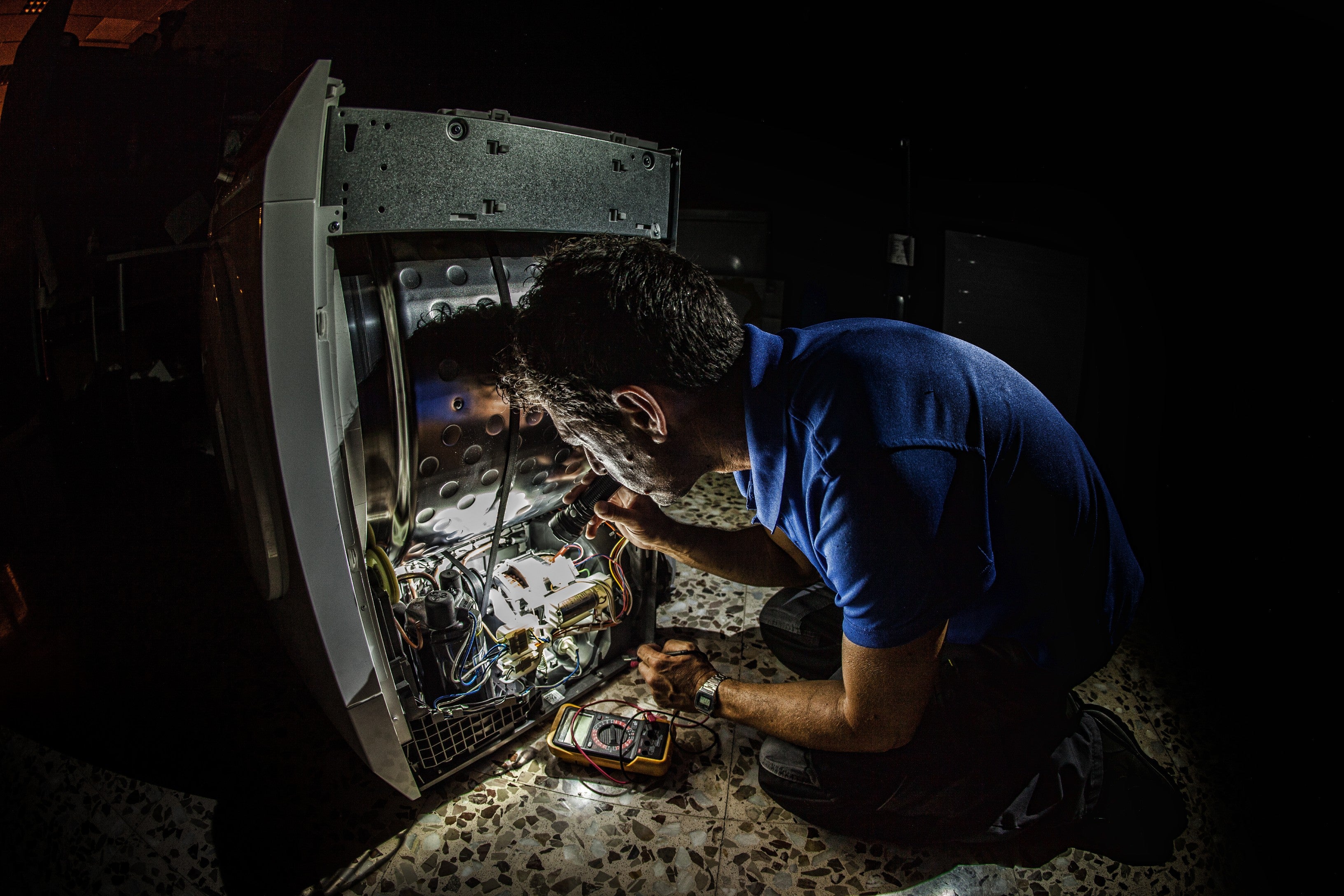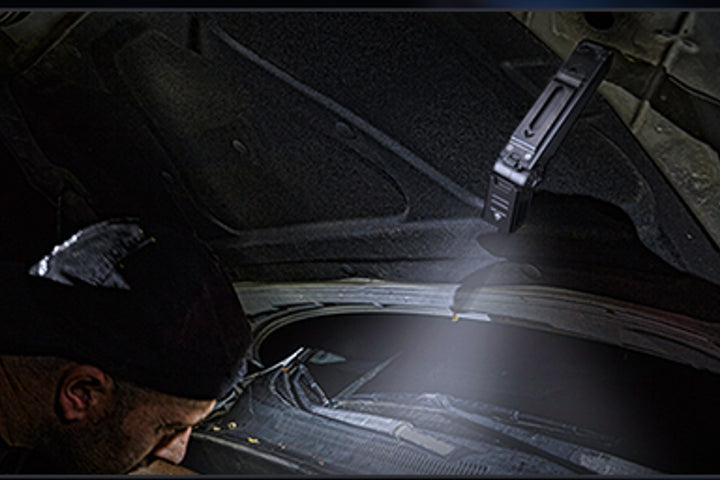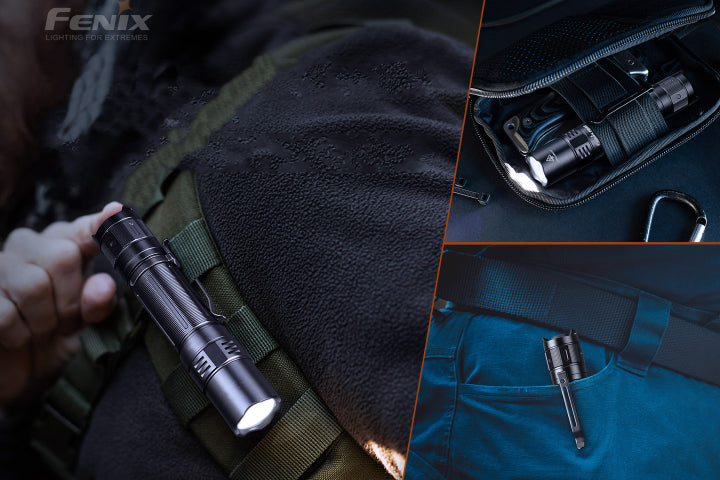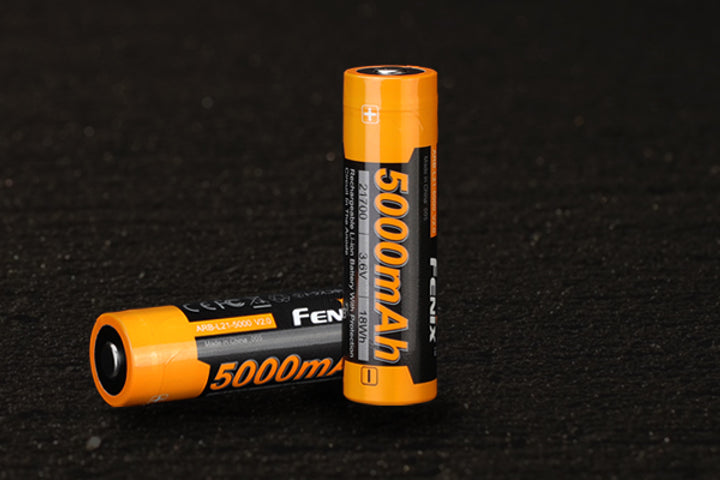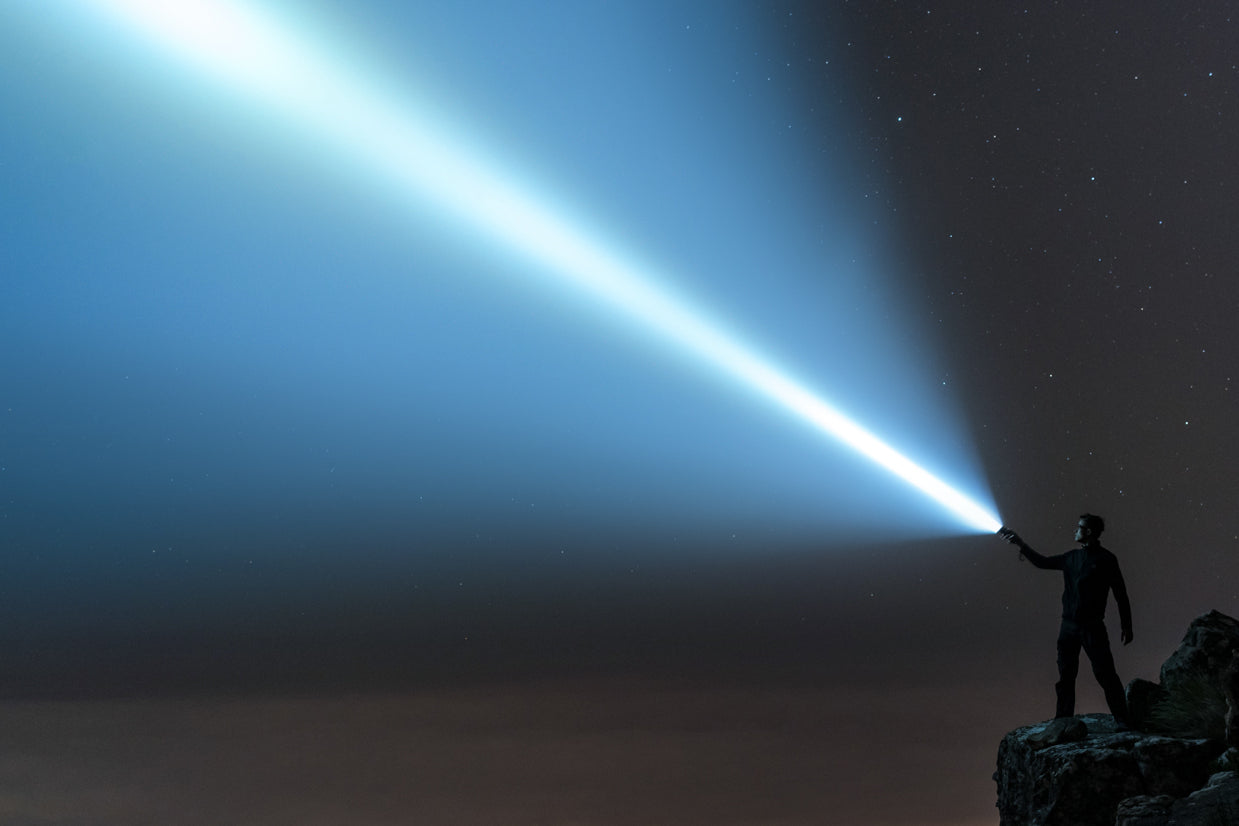The 1-2-3 Guide to Outdoor Night Photography
Key Takeaways
-
Essential Gear: Equip yourself with a sturdy tripod, a camera that allows manual settings, a lens with a wide aperture to capture sharp and well-exposed night photos, and a high-quality flashlight or area lighting option.
-
Optimal Camera Settings: Use manual mode to control the ISO, aperture, and exposure time, aiming for low ISO to minimize noise and long exposures to capture sufficient light.
-
Focus Techniques: Auto-focus can falter in low light, so manual focusing, possibly with the aid of a flashlight or using live view on a bright star, is recommended.
-
Advanced Techniques: Explore long exposures for capturing light trails and star trails, and consider light painting to add creative flair to your night scenes.
-
Creativity in Composition: Apply composition techniques such as the rule of thirds and leading lines to guide the viewer’s eye and enhance the visual impact of your nightscapes.
-
Utilizing Natural Elements: Use elements like water for reflections, and include foreground interest to add depth and context to your night photos.
-
Astronomical Photography: Plan your shoots around the Milky Way or meteor showers, understanding the best settings and times for these events.
-
Post-Processing: Utilize editing software to adjust exposure, color balance, and apply noise reduction, which are essential for refining night photos.
-
Challenges and Safety: Prepare for environmental challenges like cold or wet conditions, and always prioritize safety during night shoots, especially in remote areas.
-
Continuous Learning: Night photography is as much about creative exploration as it is about technical skills. Continuous learning and experimenting will lead to more compelling and powerful imagery.
Outdoor night photography, a challenging yet immensely rewarding discipline, demands more than just a good camera and a beautiful night sky. It's a blend of technical skills, creative vision, and a bit of patience. Whether you’re a hobbyist or a professional photographer, mastering the night can transform your portfolio dramatically. This guide will walk you through the essential steps to excel in capturing stunning nightscapes.
Understanding the Basics of Night Photography
The night holds a magic that photography can uniquely capture, turning the ordinary into something extraordinary. Understanding the technical basics is the first step to unlocking this potential.
Equipment Essentials for Night Photography
Choosing the right gear is crucial. A sturdy tripod, a camera capable of manual settings, and a wide-aperture lens are non-negotiable for sharp, well-exposed night photos. It's also helpful to carry a quality flashlight with you, and a lantern or directional light such as the Fenix CL28R that will allow you to creatively illuminate different areas during long exposure to create focus points, or fill shadows gently will diffused light in a variety of color temperatures.
Camera Settings for Optimal Exposure
Mastering manual mode is vital. Settings like a low ISO, wide aperture, and longer exposure times help capture as much light as possible without introducing noise.
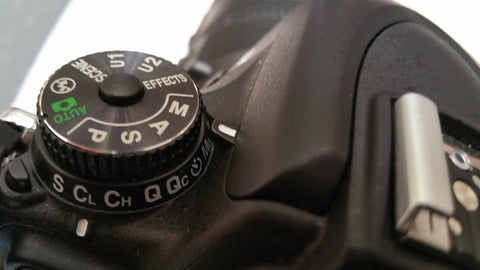
Focusing Techniques in Low Light
Auto-focus often struggles in the dark, making manual focus the go-to. Techniques such as using a flashlight to illuminate the focus area or relying on your camera’s live view on a bright star can be incredibly helpful.
Advanced Techniques for Night Photography
With the basics down, it’s time to dive deeper and explore how you can enhance your night photography skills with advanced techniques and considerations.
Long Exposure Photography
Long exposures can turn a dark, uninteresting scene into a masterpiece filled with light trails, star trails, or soft, flowing water.
Playing with Light: Light Painting and Star Trails

Light painting during long exposures adds drama and interest. Combining this with the natural movement of stars creates compelling imagery that captures the imagination.
HDR and Noise Reduction Techniques
High Dynamic Range (HDR) photography and effective noise reduction techniques are crucial for dealing with challenging lighting and improving image quality.
Creative Aspects of Outdoor Night Photography
Technique alone doesn't make great photos—creativity does. This section explores how to infuse creativity into your nightscapes.
Composition and Perspective in Night Photography
Composition rules still apply at night. Leading lines, the rule of thirds, and framing can all be used effectively to guide the viewer’s eye.
Utilizing Natural Elements for Enhanced Visual Appeal
Incorporate natural elements like water, trees, or mountains to add depth and interest to your nightscapes. Reflections in water bodies add a magical touch to night photos.
Capturing the Milky Way and Astronomical Events
Learn the best times and settings to capture the Milky Way and how to plan for photographing astronomical events like meteor showers.
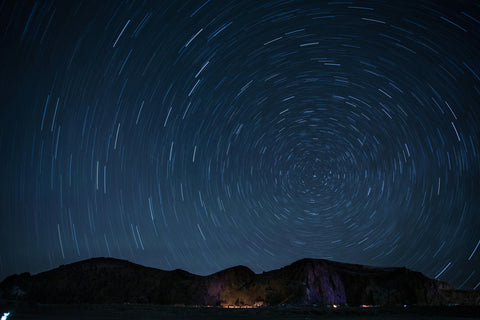
Post-Processing Tips for Night Photography
No night photo is complete without some post-processing work. This section will cover basic editing tips to enhance your night photos.
Editing Software and Tools for Night Photography
Discuss the best editing software and tools specifically useful for enhancing night photography, including features like noise reduction and exposure blending.
Adjusting Exposure and Color for Night Shots
Tips on how to adjust exposure, enhance colors, and bring out details hidden in the shadows and highlights of your night photos.
Creating Dramatic Effects with Post-Processing
Advanced techniques like blending multiple exposures or adding creative filters can turn a good photo into a great one.
Challenges and Solutions in Outdoor Night Photography
Every photographer faces challenges with night photography, but knowing how to overcome them can set you apart.
Dealing with Weather and Environmental Conditions
How to handle and prepare for the challenges posed by cold nights, dew, or unpredictable weather conditions.
Safety Tips for Night Shoots
Night photography often involves being in remote or dark locations. Prioritizing safety with practical tips can ensure a successful photo session. Always bring a flashlight and headlamp with you to allow for safe travel across uneven terrain and to allow for convenient set up and tear down of equipment!
Outdoor night photography opens up a world of creative possibilities. By mastering the technical aspects, embracing creativity, and facing challenges head-on, you can capture the night in ways you never thought possible.





